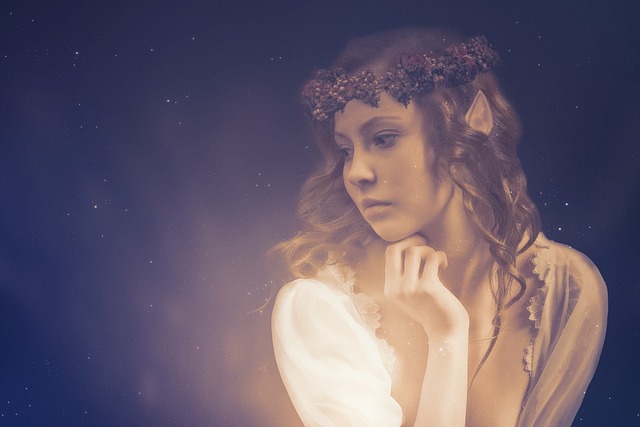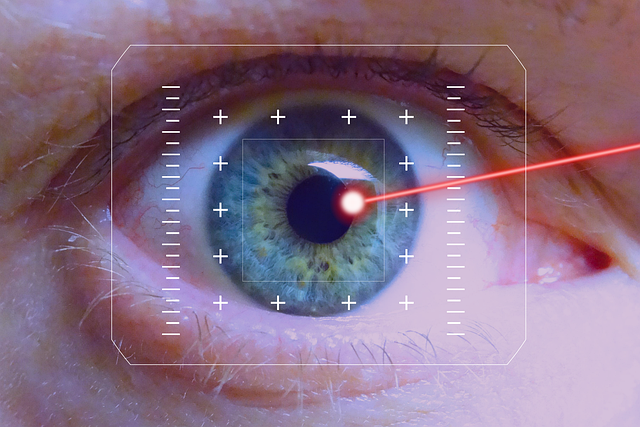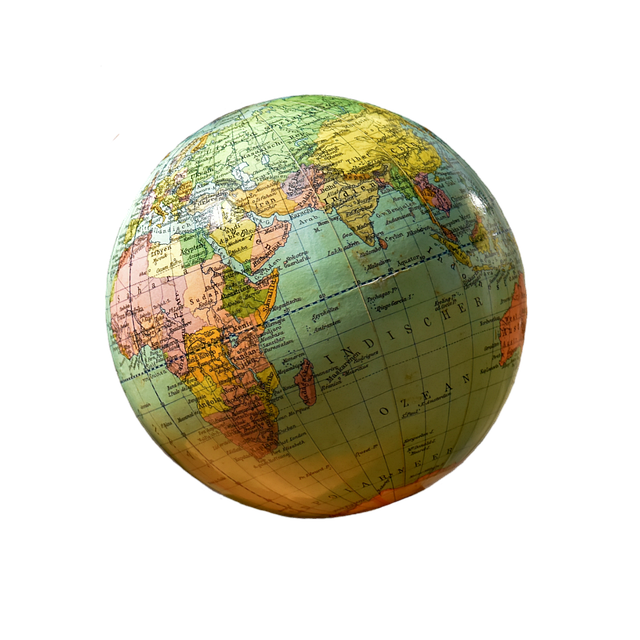Exploring the Art of Image Processing in Photography: A Design Perspective
Photography, at its core, is an intricate dance between capturing reality and expressing artistic vision. In this dance, image processing plays a crucial role, acting as both brush and canvas for photographers looking to elevate their work from mere snapshots to breathtaking visual stories. The interplay of art and design in image processing reveals the potential to transform the mundane into the extraordinary.
The Artistic Essence of Image Processing
When we think of photography, we often envision the moment when the shutter clicks. However, the journey doesn’t end there. The magic truly begins in the digital darkroom, where the raw image is refined and reshaped. This is where image processing becomes an art form in its own right. From color correction to contrast adjustments, photographers wield a plethora of tools to manipulate light, shadow, and color, breathing new life into each image.
Imagine a vibrant sunset: the sky ablaze with reds, oranges, and purples. A photographer’s job isn’t just to capture that moment, but to convey the emotions it evokes. Through careful image processing, one can enhance the vibrancy of those colors, deepen the shadows, or soften the highlights to draw the viewer in. This manipulation allows for a deeper connection that transcends the original moment, illustrating how powerful design choices can be in creating a compelling narrative.
The Design Philosophy Behind Image Processing
At the heart of photography lies a profound understanding of design principles. Balance, contrast, harmony, and emphasis are essential aspects that guide the composition of an image. When diving into image processing, these principles remain just as important. Whether it’s applying a vignette to draw focus to the subject or utilizing angles and cropping to create tension and intrigue, every decision speaks to a larger design philosophy.
Consider the powerful impact of minimalism in photography. By stripping down elements and focusing on a singular subject, photographers can leverage image processing to further this simplification, enhancing sharpness or selecting a monochromatic palette. This deliberate approach invites viewers to engage with the image on a more intimate level, allowing for personal interpretation and emotional resonance.
Tools of the Trade: Harnessing Technology in Art
The evolution of technology has revolutionized the way we approach image processing in photography. With sophisticated software like Adobe Lightroom and Photoshop at our fingertips, photographers can explore an extensive range of creative possibilities. The tools available facilitate a deeper engagement with the image — allowing for more nuanced adjustments that can amplify the artistic vision.
While these digital tools are powerful, it is essential to remember that technology is merely an extension of the artist’s intent. The thoughtful application of these tools can lead to groundbreaking work, but it is the photographer’s vision and understanding of design that truly make a photograph shine. It’s this fusion of art and design, supported by innovative technology, that enables us to explore new creative horizons.
Embracing Authenticity: The Future of Image Processing
As the art of image processing continues to evolve, a critical conversation emerges about authenticity in photography. In a world where almost anything is possible, the challenge lies in maintaining a sense of realness while pushing creative boundaries. Photographers must navigate the fine line between artistic enhancement and preserving the essence of the moment captured.
Ultimately, the future of image processing is not just about technical skill but also about staying true to the narrative the photographer wishes to convey. As we embrace new techniques and tools, we must continuously reflect on the art and design aspects of social connections within our visual storytelling. This introspection will drive innovation and allow artists to create images that resonate deeply with viewers on both emotional and intellectual levels.




